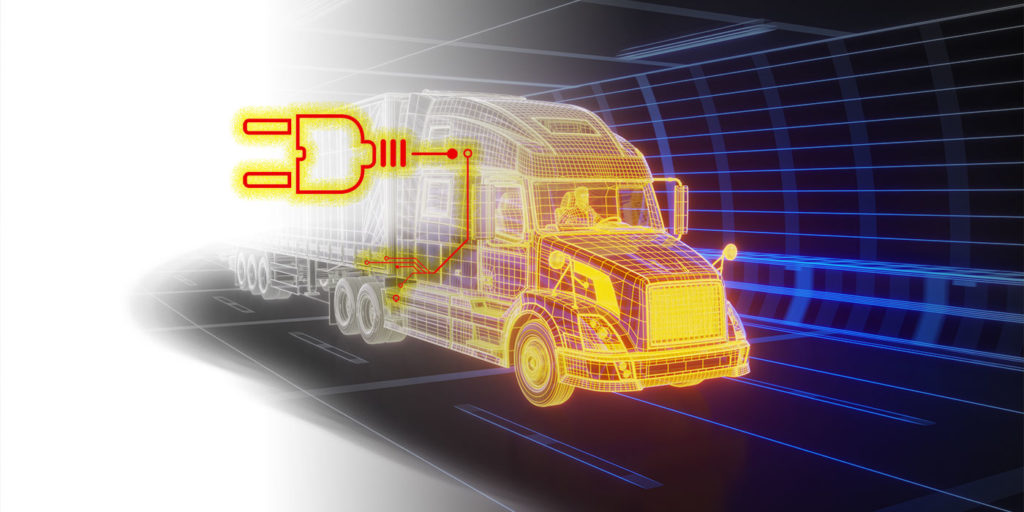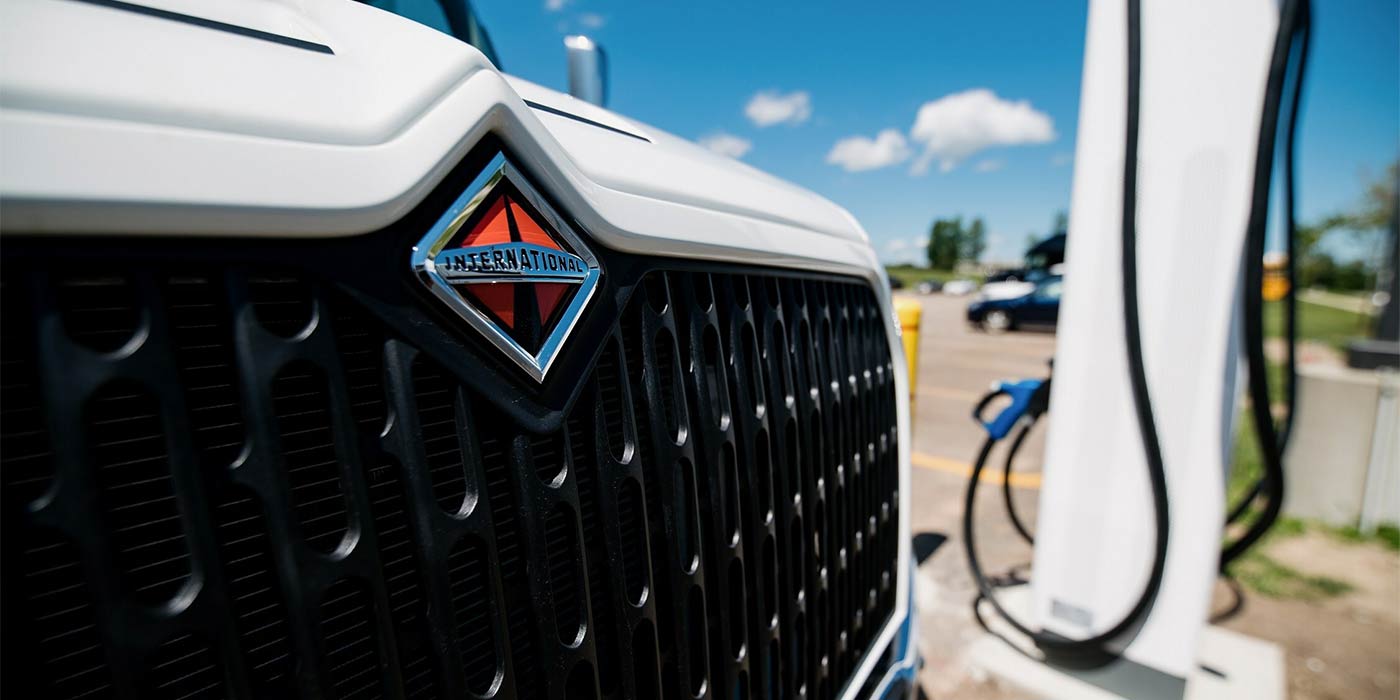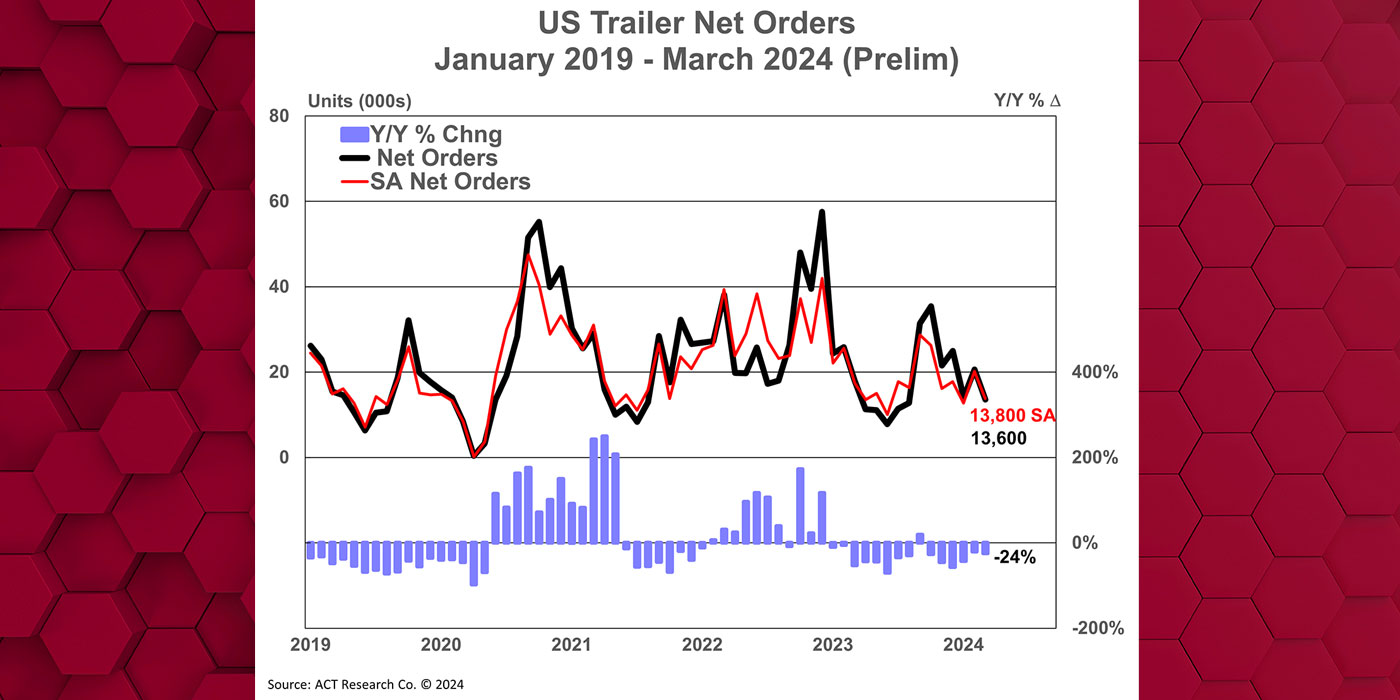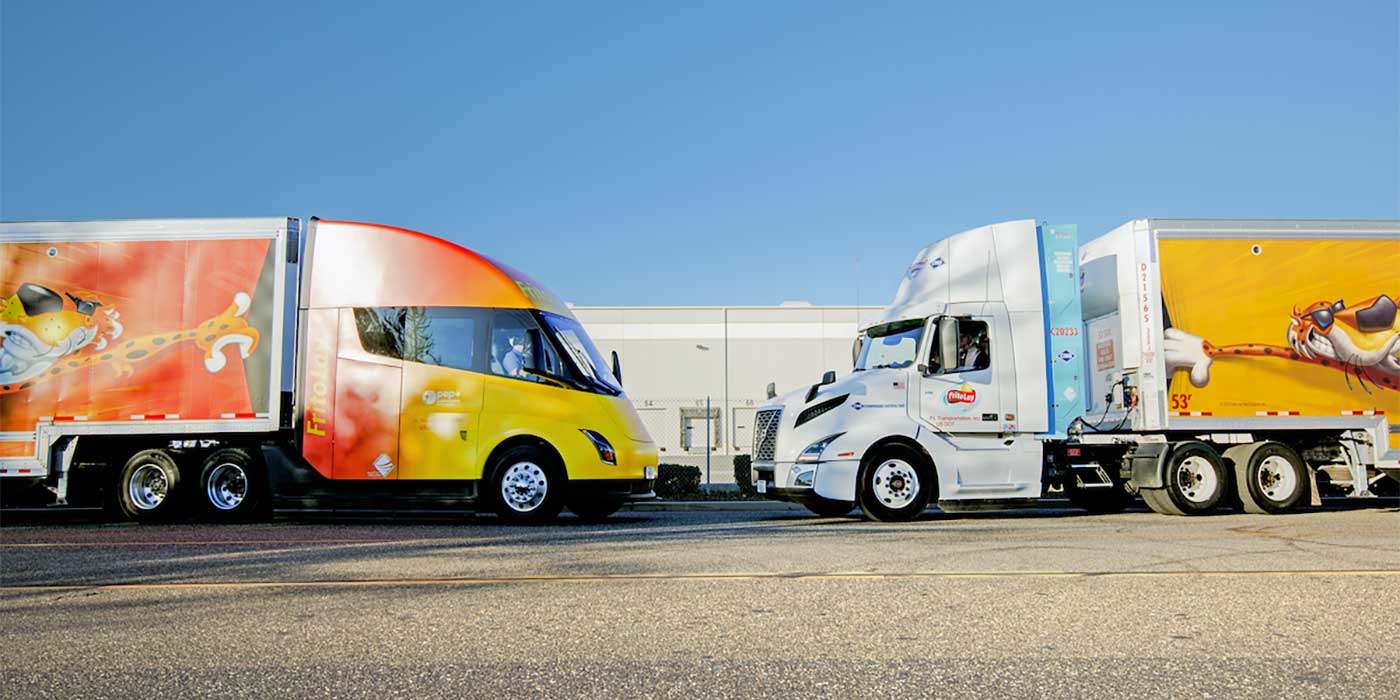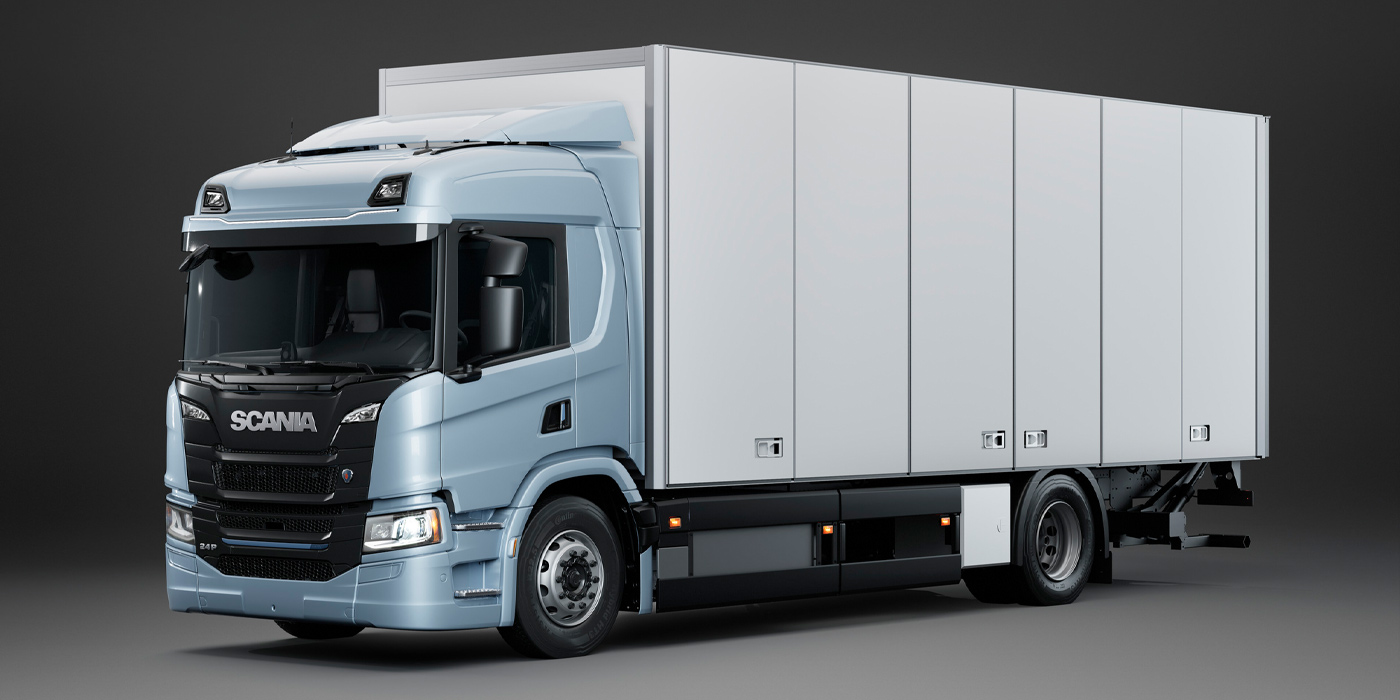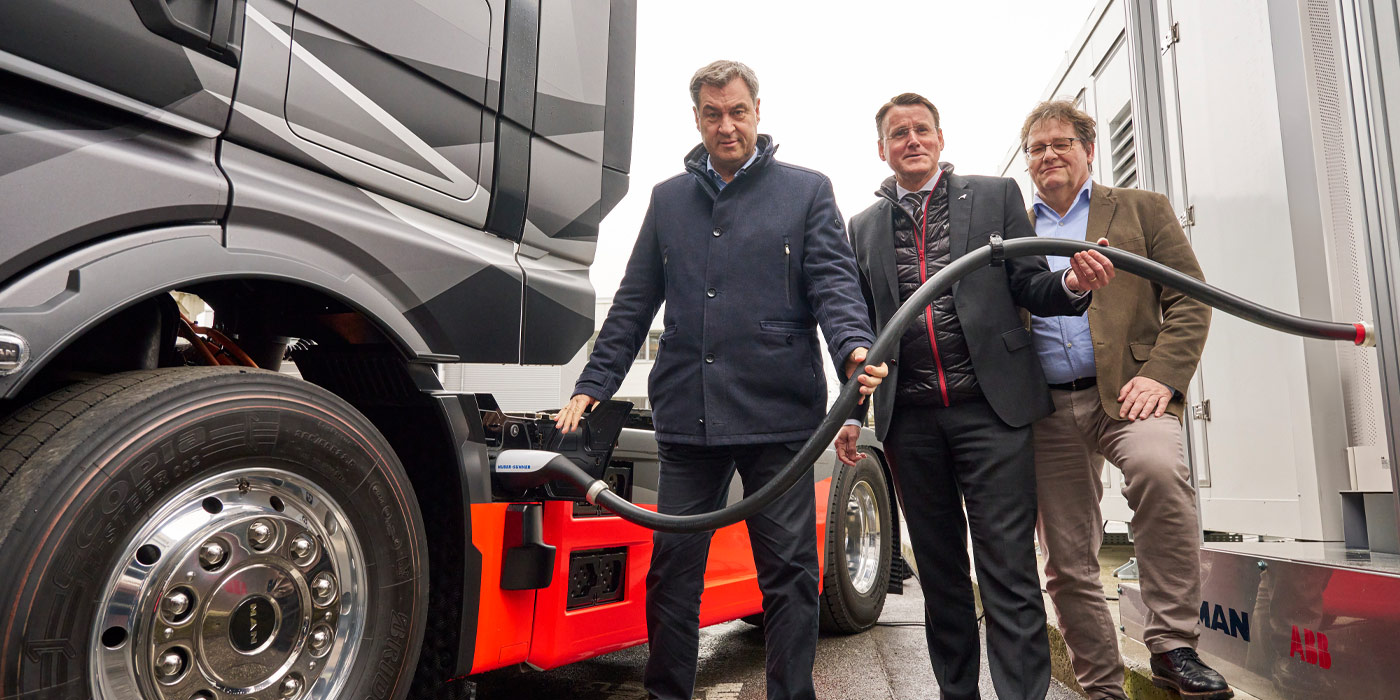Despite the many unexpected challenges that 2020 has brought to every industry, progress towards electrification continues in the trucking industry.
For evidence of that, look no further than the plethora of electrification news that the late summer brought us, from Daimler Trucks North America (DTNA)’s Customer Experience fleet of companies that will test eCascadia and eM2 trucks, to Volvo Trucks North America piloting its first electric VNR, to Navistar’s partnership with In-Charge Energy to provide charging infrastructure and fleet consulting.
Most notably, Peterbilt announced in mid-August that the electric Model 220EV is now available for order, becoming the first OEM to open up the order books for an electric truck; Kenworth followed suit with the announcement of the battery electric K270E and K370E trucks.
Even taking this progress into account, we don’t know everything about electric trucks yet. Rare is the fleet that has been able to even test one out. So let’s go over a few electric truck FAQs, with OEM electrification experts here to answer them.
Q: My fleet is interested in electric trucks, what can I do to prepare?
“It’s very good to understand the application, the duty cycle that the vehicle would be used for, to help define how you would charge the product,” says Brett Pope, Volvo Trucks’ director of electric vehicles for North America. “It helps to define what your charging infrastructure would look like. Can you use low-power chargers in order to keep your capital investments down or do you need to look at higher-power units in order to meet your timeframe?”
You should also keep in mind how your facility will function as a base for electric charging.
“Each site will be unique, meaning your footprint and where you can park vehicles for charging, and your local utilities can have varying lead times. You just need to plan ahead and be prepared for when you want to have that vehicle ready to go,” Pope adds.
Darryl Oster, assistant chief engineer at Peterbilt, echoes the importance of understanding your charging options and infrastructure before delving into electrification.
“If you have the best electric vehicle in the world but you have a poor charging connection or infrastructure to support that charger, your experience will be less than acceptable,” he says.
“For those customers out there that want to get into battery electric vehicles, be sure to start pursuing the charging solution and the discussion on charging at the same time you’re talking with the vehicle OEM about the battery electric vehicle, because it takes a good bit of time to get the charging infrastructure in place,” Oster recommends.
Q: What applications make the most sense right now for electric trucks?
Michael Scheib, head of e-mobility at DTNA, says that applications with a lot of starting and stopping will especially benefit from electrification since they can take advantage of regenerative braking. In these applications, Scheib says, “most likely you need less energy charged into the battery than if you were to run those miles straight on the highway, because you have start-and-stop so you get that kinetic energy back through the regen. So, for instance, if you go from a depot and you go from store to store to store, that helps on the range. These are the perfect routes for electric trucks because you can recoup a lot of energy.”
Q: What are we waiting on before electrification can become more widespread?
As with electric cars a decade ago, electric truck adoption will likely rely on state and federal government incentives to get things off the ground.
“It’s very important at this phase of the rollout to have those incentives to help the technology,” says Gary Horvat, vice president of e-mobility at Navistar. “It doesn’t go from zero to full fleet immediately.”
But, Horvat notes, this is only a temporary solution.
“Long term, we recognize that you cannot rely on incentives driving an industry,” he says. “We keep a close eye on total cost of ownership so we can make sure that this makes economic and environmental sense for our customers down the road. The biggest driver is the cost of the batteries. They’re coming down all the time.”
For additional answers to these and many more questions, check out the ongoing electrification series on FE’s Fleet Future podcast. Click here for past and future episodes.

